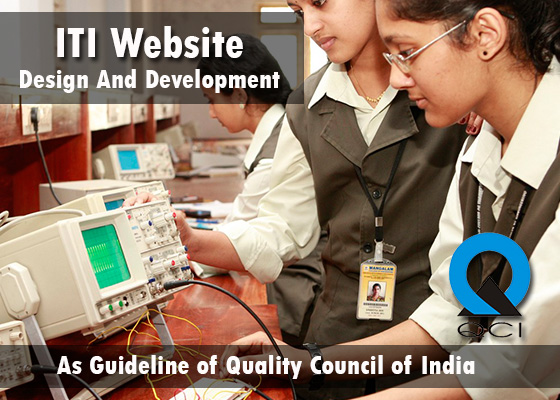Central Institute of Fisheries Nautical Engg. Training Unit
Submitted by iti on 26 September 2022 - 10:52amCentral Institute of Fisheries Nautical Engg. Training Unit in Visakhapatnam Andhra Pradesh have ITI trade Marine Fitter, Vessel Navigator. Central Institute of Fisheries Nautical Engg. Training Unit has been established in the year 01-Aug-2006. Best Industrial Training Institute in Visakhapatnam is Central Institute of Fisheries Nautical Engg. Training Unit. Location of Central Institute of Fisheries Nautical Engg. Training Unit is Beach Road.



